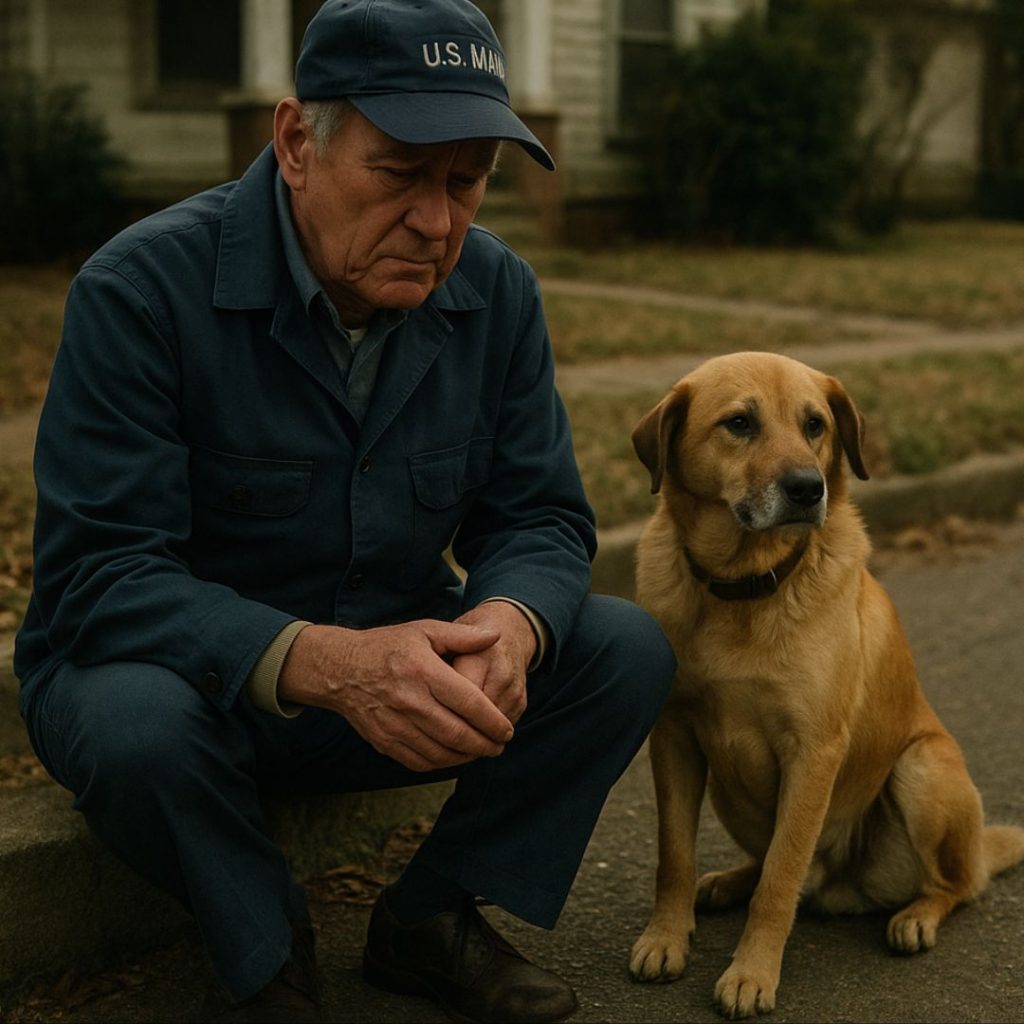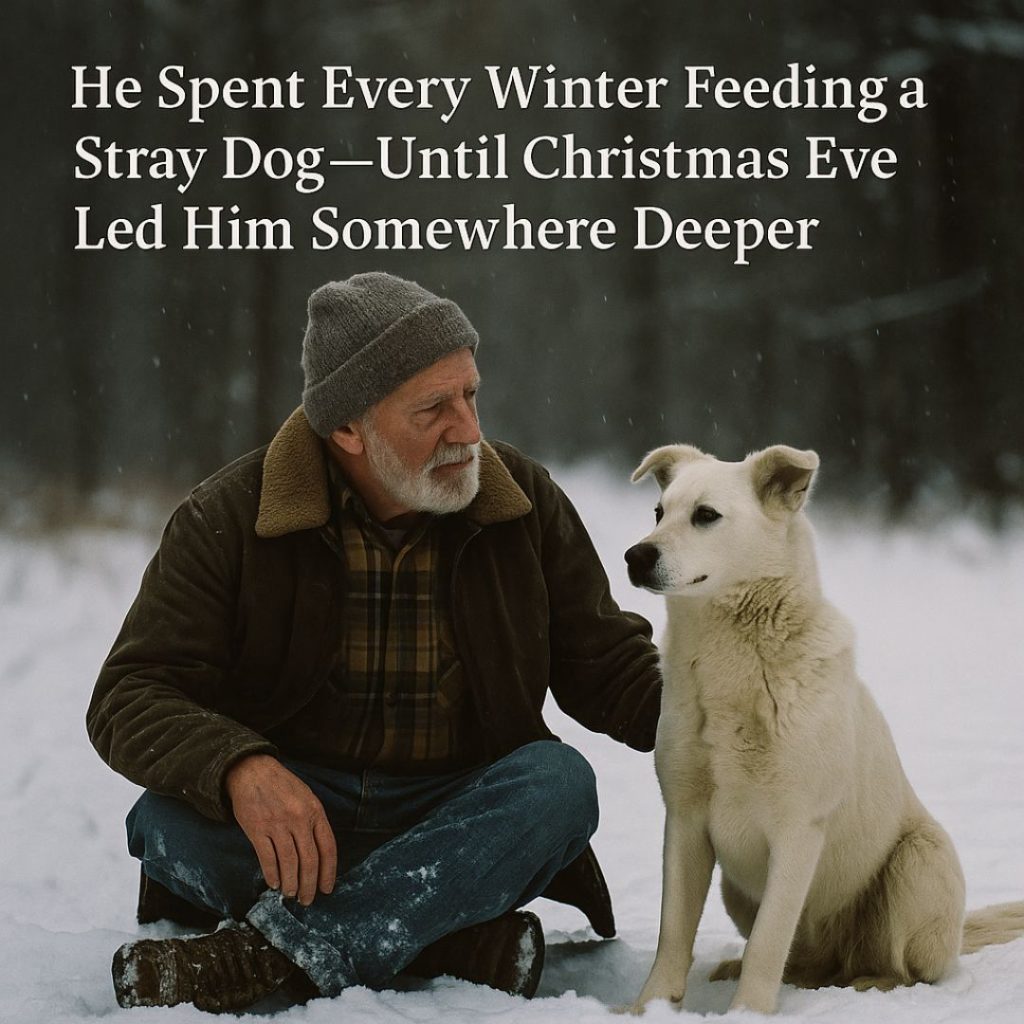Part 6: The Sand in His Pocket
Vasquez lived alone in a modest house outside El Paso, Texas. The lawn was all gravel and cactus, and the front door had a sun-bleached American flag sticker peeling from the window.
Eli had called the night before. Cormac had given him the number. Vasquez had listened in silence, then said only: “Come in the morning. I’ve kept something I should’ve let go a long time ago.”
Now, as Eli stood outside that door with the sketchbook tucked under his arm, he felt something new.
Not nerves.
Reverence.
The door creaked open.
Vasquez was older, late sixties, with deep creases around his eyes and arms tattooed with fading ink. He wore a flannel shirt, sleeves rolled to the elbows, and had the cautious posture of a man who’d spent too much of life watching his back.
“You’re the art kid,” he said, nodding toward the book.
“I guess I am.”
“Good. Come on in. I want you to see something.”
—
The living room was clean but cluttered. Framed medals lined one shelf. A triangular case held a folded flag. But what caught Eli’s eye was the shadow box on the far wall.
Inside, under glass, sat a single, ordinary zip-lock bag filled with sand.
Beneath it, on a brass label:
“Basra. April 7, 1991.”
“That’s the sand from his grave,” Vasquez said softly. “I took it the morning we left. Never told anyone. Not even my wife.”
Eli turned to him. “Why?”
“Because I didn’t believe he’d be remembered.” Vasquez’s voice cracked. “And if no one remembers a child… it’s like he never lived at all.”
Eli sat down.
Vasquez did too, knees popping with age.
“Jason always believed in images,” he said. “Said a drawing could outlive a bullet. Me? I just wanted something real. Something I could hold. The flower was gone. The body buried. So I took what was left.”
He leaned back. “I kept that bag in a drawer for years. Pulled it out once in a while. Reminded myself I was still a person.”
Eli felt something swell in his throat. “He had a name. Azzam.”
Vasquez nodded. “I never knew. We just called him ‘kid.’ That’s how war breaks you—turns names into shadows.”
He pointed at the sketchbook. “May I?”
Eli handed it over.
Vasquez flipped carefully. When he reached the page of the boy crouched near the rubble, he exhaled hard. “Jason drew this the night before… before everything. I remember watching him. He didn’t speak. Just sketched. And when he was done, he stared at the page like it was his own confession.”
He paused.
“I think Jason knew we all left something in that desert. Some of us left blood. Others, pieces of who we used to be.”
—
After coffee and silence, Vasquez brought out an old duffel bag and pulled from it a rolled canvas.
He laid it flat on the table.
It was a painting. Done in acrylics. Thick brush strokes. Stark colors.
A camel. Alone. Under a blood-orange sky. Beneath its feet, instead of desert, were scattered items: a torn notebook, a child’s shoe, a dog tag.
Eli stared.
“You painted this?”
Vasquez shook his head. “Jason did. A year after he came home. He mailed it to me after my daughter was born. Said he didn’t want it in his house.”
“Why not?”
“He couldn’t sleep when it was near. Said it watched him.”
Eli ran his hand gently near the canvas, never touching it.
“This belongs in the book,” he whispered.
Vasquez looked unsure. “Would people understand?”
“Maybe not with their heads. But with their hearts, yes.”
Vasquez swallowed. “Then take it. He’d want it seen.”
—
That night, Eli stopped at a small motel just off I-10. He laid the canvas across the bed, turned on a single lamp, and pulled out his journal.
He drew the camel again.
But this time, he surrounded it with shadows—sketched forms of every person he’d met since this journey began: Jason, Carla, Cormac, Basim, Haider… and now, Vasquez.
In the middle of them all, the child. Azzam. Silent, barefoot, holding a pencil made of smoke.
At the bottom of the page, he wrote:
“They thought they left him buried in the sand.
But memory is stronger than soil.”
He didn’t cry.
Not this time.
Because for the first time since his father’s funeral, Eli felt something return.
Not peace. Not yet.
But purpose.
—
One week later, the publisher approved a second edition of The Camel Sketchbook. Eli insisted on new pages in the back—addendums titled “The Carriers”.
Each section held a short reflection and a scanned artifact:
– A photograph of Haider’s bookstore.
– A translation of Basim’s note about Azzam.
– A photo of the flower in Haider’s hand.
– A digital scan of Jason’s painting.
– And at the very end, an image of Vasquez’s sandbag, with this caption:
“To remember is to carry.
To carry is to honor.”
—
The book launch was small. Just thirty people in a museum library in Tucson. Veterans, local artists, teachers, and a few quiet strangers who said only that the Facebook excerpt “spoke to something deep.”
Carla spoke first, trembling but strong. Then Cormac, who shared how Jason used to sketch his boots over and over until he got the creases right.
Basim sent a voice recording from Detroit.
And then Vasquez stood. Slowly.
“I kept a child’s grave in my pocket for thirty years,” he said. “But tonight, I let it rest.”
Silence filled the room.
Eli was last to speak.
He didn’t talk about war. Or art. Or grief.
He simply held up the book and said, “He left the sketchbook with us.”
—
After the crowd left, Eli stayed behind in the empty gallery, staring at the photo of the flower under glass.
He took out his pen and added one last entry to his journal.
Not a drawing.
Just a line:
“Some memories were never meant to fade. Only to be passed on.”


